How to style your houseplants like a professional – and bring the outside in
Not sure how to display your burgeoning houseplant collection? Plant stylist Hilton Carter shares his top tips

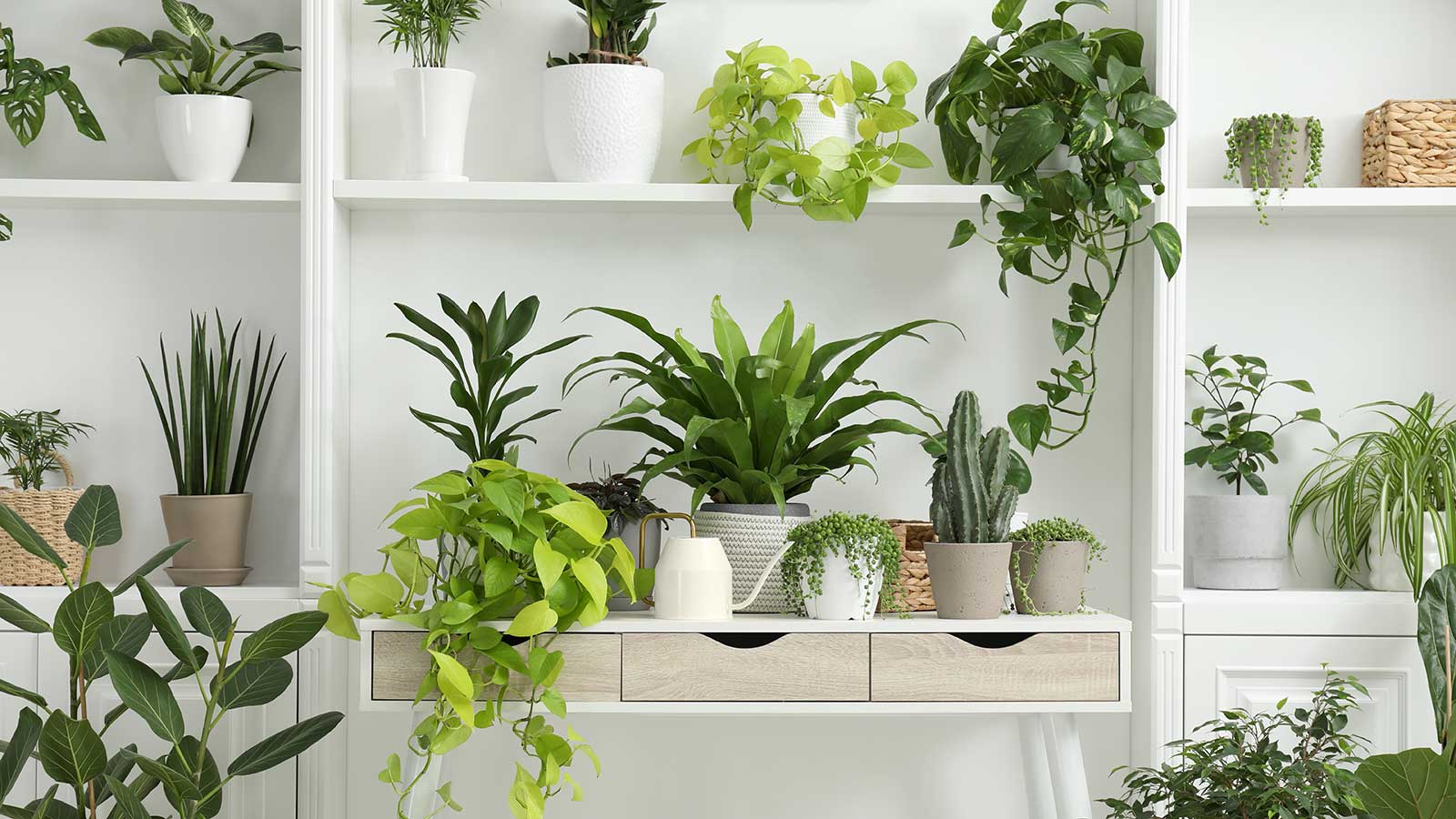
Houseplants are addictive, right? I know it’s not just me because my social media feeds tell me every day that you all feel the same way. Once you become a plant parent, it’s all too tempting to keep adding the next new and interesting variety to your collection - whether that's an easy indoor plant such as a pothos; the interior designer’s favorite fiddle leaf fig; or a variegated monstera - I have them all. But collecting them is one thing - knowing how to style your houseplants is quite another.
As with any other interior collectible - books, vases or contemporary wall prints, for instance - there is a difference between elegantly styled and just, well, cluttered. The thing is, houseplants need more than a beautifully-curated sideboard to stand out. They also require the right light, temperature and humidity conditions to thrive in a particular spot.
I’ve worked on a lot of styled shoots during my years as a lifestyle journalist, and later a floral designer and stylist, so I know how to make a coffee table and all its contents look beautiful. But when it comes to displaying my indoor plants in my home, I wanted to find out whether the interior design rules I usually follow were going to be different for houseplants. So, I took the opportunity in a recent interview to ask houseplant author and stylist Hilton Carter for some expert advice.
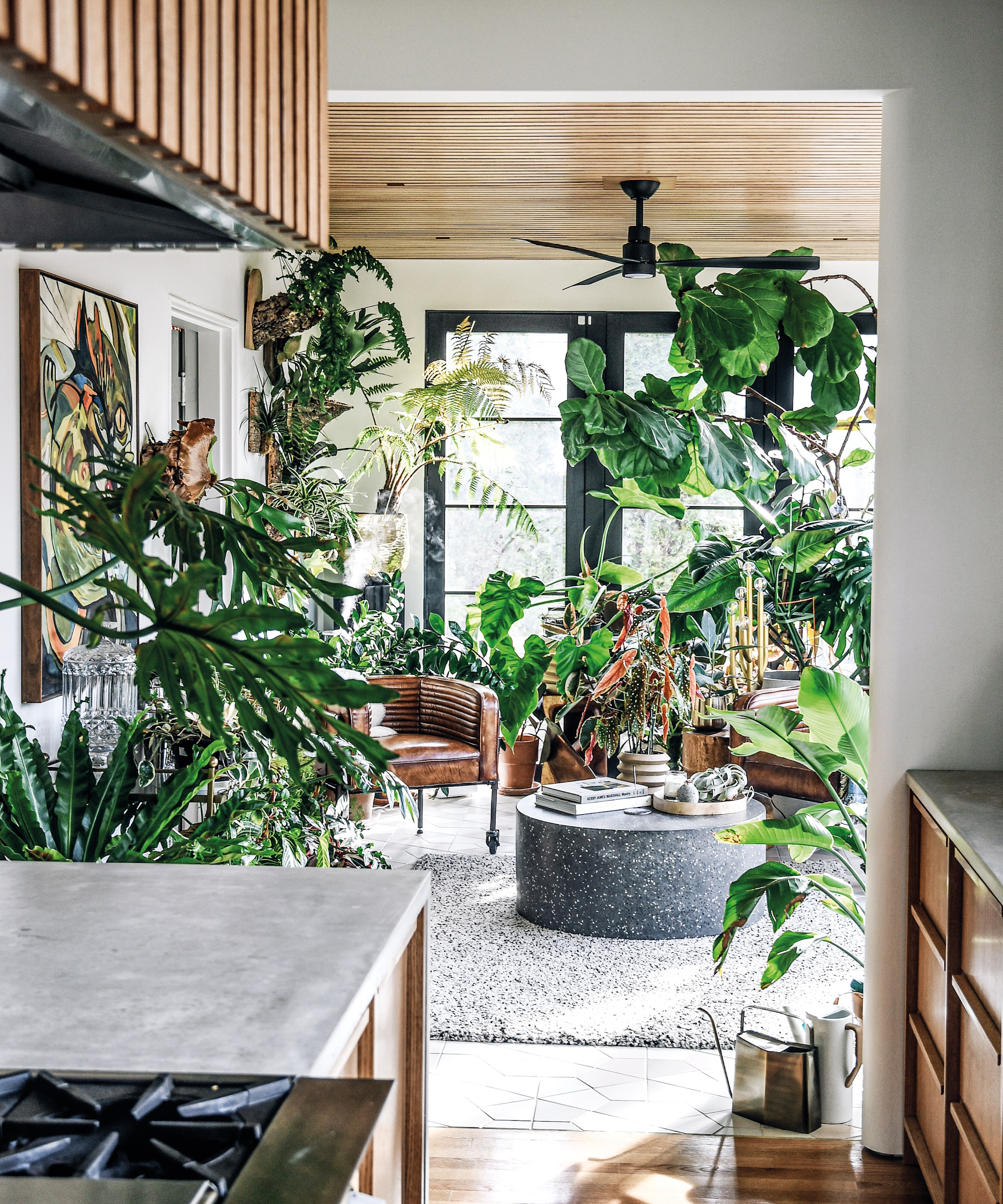
How to style your houseplants like a designer
Here’s what you need to think about when styling plants in your home, for an effortlessly natural look.
Get clued up on the lighting conditions in your space
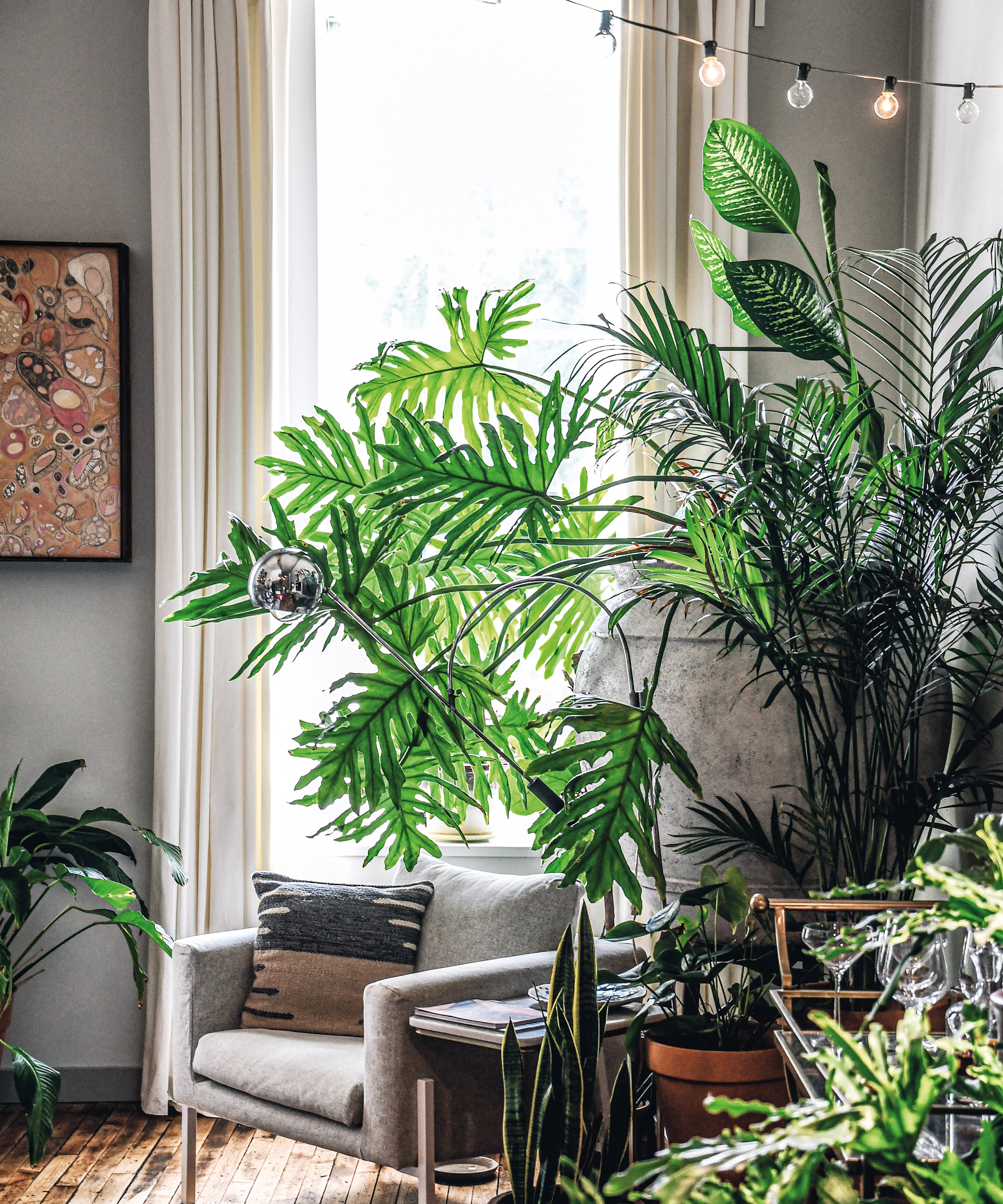
When it comes to understanding how to style your houseplants, you have to first understand the light within your space.
‘You can't style unless you understand what type of light you have coming into a particular room,’ says Hilton Carter.
It might be useful to ask yourself if there is enough light? Which direction does this room face and as such how will this affect the light? Do I get a lot of direct sunlight in this space, is it mainly bright, indirect light, or is it fairly dark?
Design expertise in your inbox – from inspiring decorating ideas and beautiful celebrity homes to practical gardening advice and shopping round-ups.
By thinking about the light and the specific conditions you have in a particular room, you can then select the plants that will thrive in that setting.
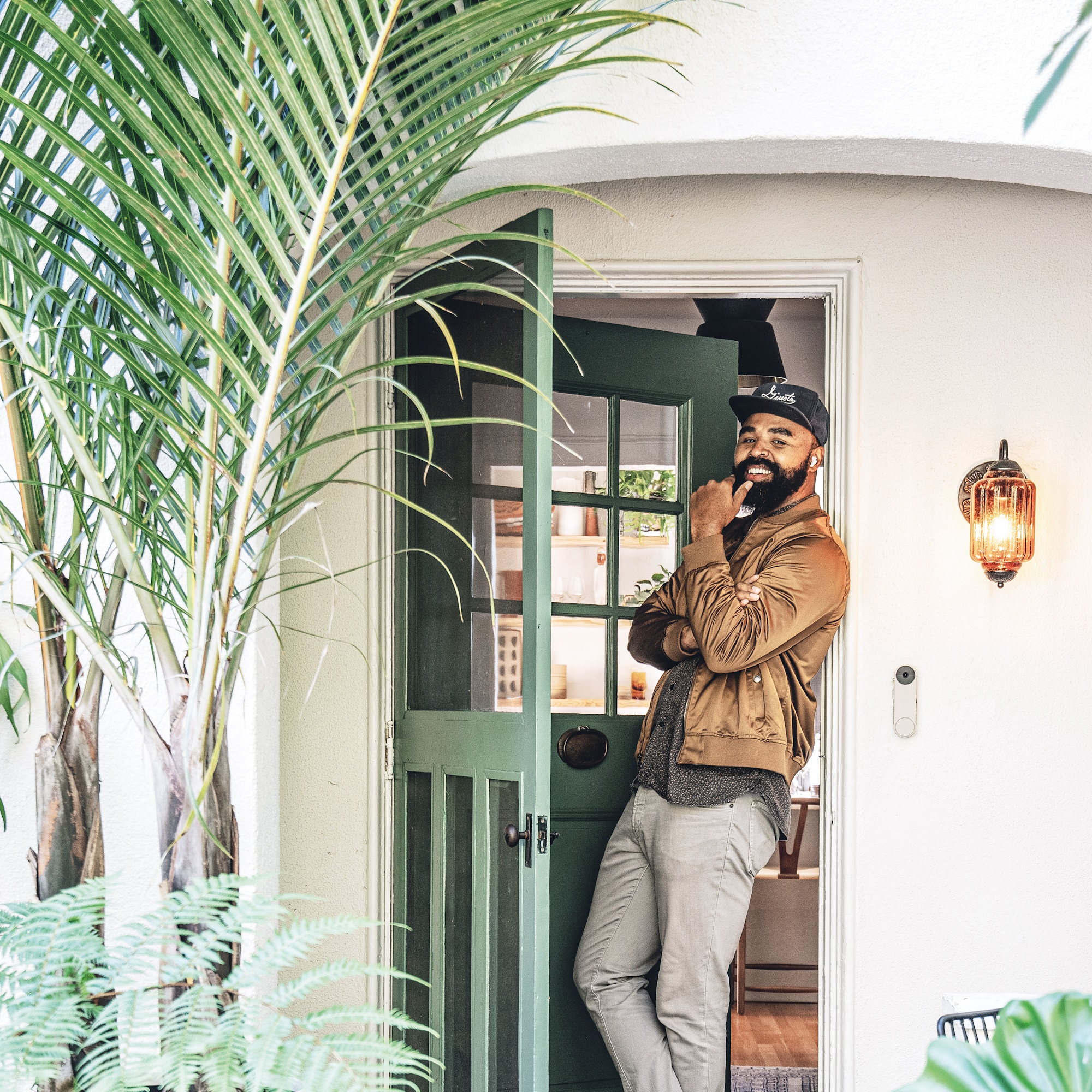
Hilton Carter is a director, editor, and fine artist who is passionate about plants – his home is filled with them. He regularly shares his encyclopedic knowledge of plant care and styling to his social media followers. Hilton’s fifth book The Propagation Handbook, published by CICO Books and available to pre-order from Amazon, is out in April.
Create different levels for a naturalistic look

‘I have this need to blur the outdoors and indoors,’ explains Hilton, 'and I feel like the easiest way to try to recreate that in my home or in a room is by creating layers. When I'm outside, I see greenery above, below and right in front of me, so I try to create those layers or levels in a space.'
He says a large plant or tree can set the tone in a space and make a statement, while placing some smaller plants either raised up on pedestals or on shelves at different heights allows the eye to move around the room, taking in more of the space and adding vasts amount of interest and texture.
Once you've created your levels, you can really make your space come to life by playing with the different leaf shapes and foliage textures, and see how they mesh together and what they look like next to each other.
For instance, the smooth, tall and structural leaves of the snake plant, placed on the floor in the image above, is contrasted and beautifully balanced by the trailing pothos, cascading from the top of the tall, black storage unit next to the window.
Locate plants where they enhance, not encroach on, a living space

There are practical considerations when it comes to styling with indoor plants.
For houseplants in particular, your need to make sure the plant can sit in a room naturally where it will grow and thrive, but not impede on all of the other activity and excitement that will be going on in the same living space.
‘Let's not put a vine plant in the middle of a stairwell, for example, because those vines are going to, over time, grow and then someone's going to trip down the stairs,' explains Hilton. ‘Let's put something that grows in a vertical, upright fashion, maybe a ZZ, a snake plant or even a dracaena (dragon tree plant). Above all, you need plants that aren't going to take away from the fun that you want to have in a particular space.’
You also need to be able to give your plants the conditions they require to thrive, such as the right amount of water. However, if you place a plant that requires very regular watering or misting up on a high self, you might find it pretty tiresome to continuously take it down to water it, risking damage to the plant or to your floor in the process.
Make time to get the planter right

A huge part of knowing how to style your houseplants is choosing the right pot. Containers and planters are of course another way to elegantly add your own personality and style preferences to your indoor plant collection, especially if they are large indoor trees, for instance, requiring a statement pot.
‘We all have our own design aesthetic and furniture we love, so I start by asking how adding plants to a room can enhance the look and theme of the space,' says Hilton. 'I consider the textures on the couch the color palette on the wall or of other pieces of furniture, and ask which plants would work well alongside that.
'Then I think about the planters, and how they also reflect what is happening in that space,' he continues. 'Consider how the shape of your planter ties in or matches with the curvature of your coffee table, for example. Or how does the color or texture contrast with your throw pillows?'
Hilton also believes that if you go to a lot of effort to dress your houseplants elegantly, in stylish pots, you will be more likely to lean into the proper care regime that plant requires to thrive, making sure they look their best all the time.
Plan for your plant to grow
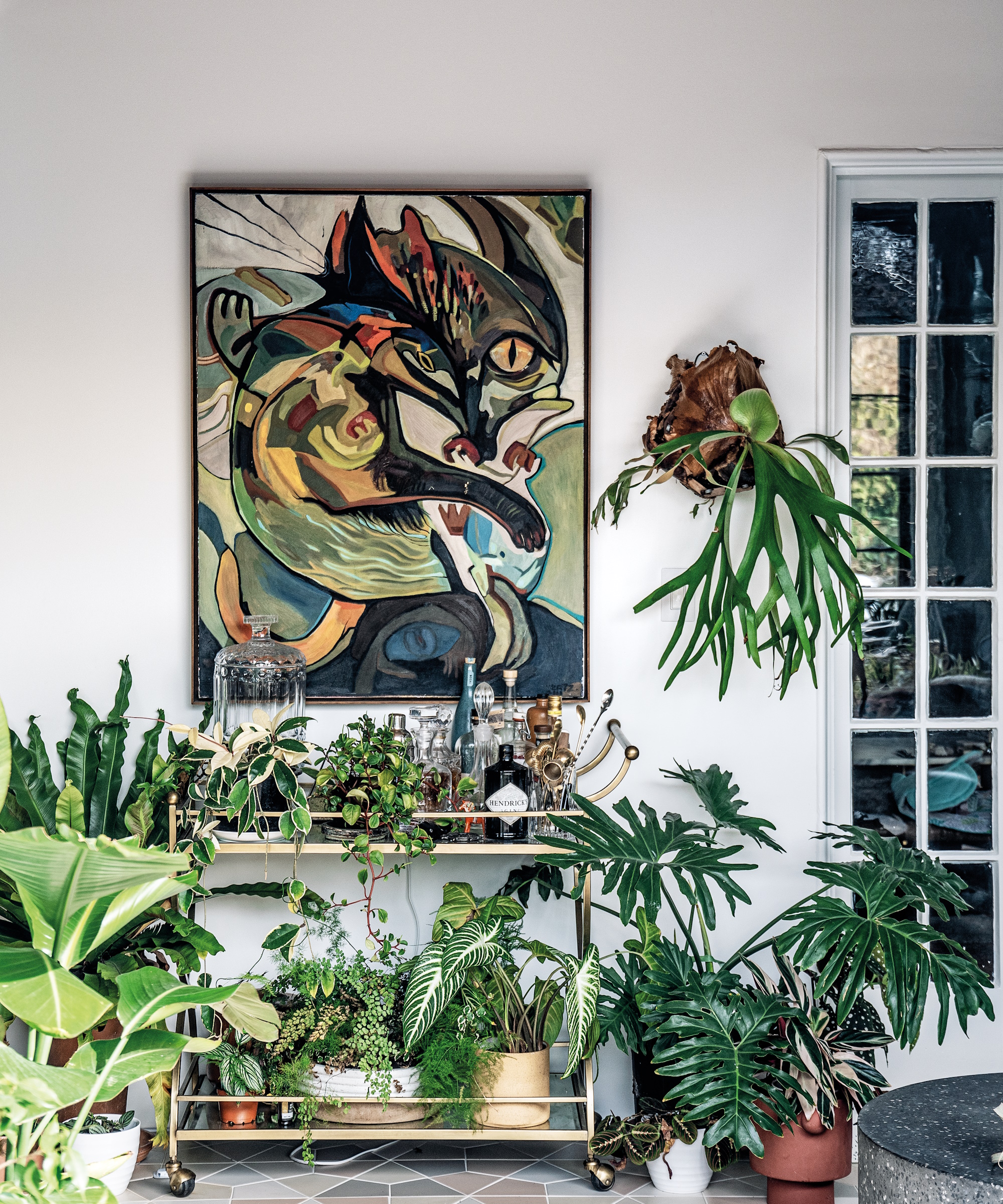
When you’re learning how to style with houseplants, you are effectively creating a living installation. This means, over time, it will of course change and evolve - and in the case of most indoor plants it will grow bigger.
‘I always tell people, when it comes to styling a plant, you might have this wonderful spot for your three foot monstera at that moment, but it's going to grow and maybe in a year from now it's not going to be right for that spot,’ says Hilton.
It's useful to be aware of this, and consider what's going to happen over time as the plants grow or if you intend to repot them, simply to be able to give your plants what it needs to grow into your space.
Once you understand the care regime and conditions your indoor plants need, you can really have fun styling with them - creating living installations, or simply choosing a container that perfectly compliments a key piece of furniture to help you with your coffee table styling ideas, for instance.
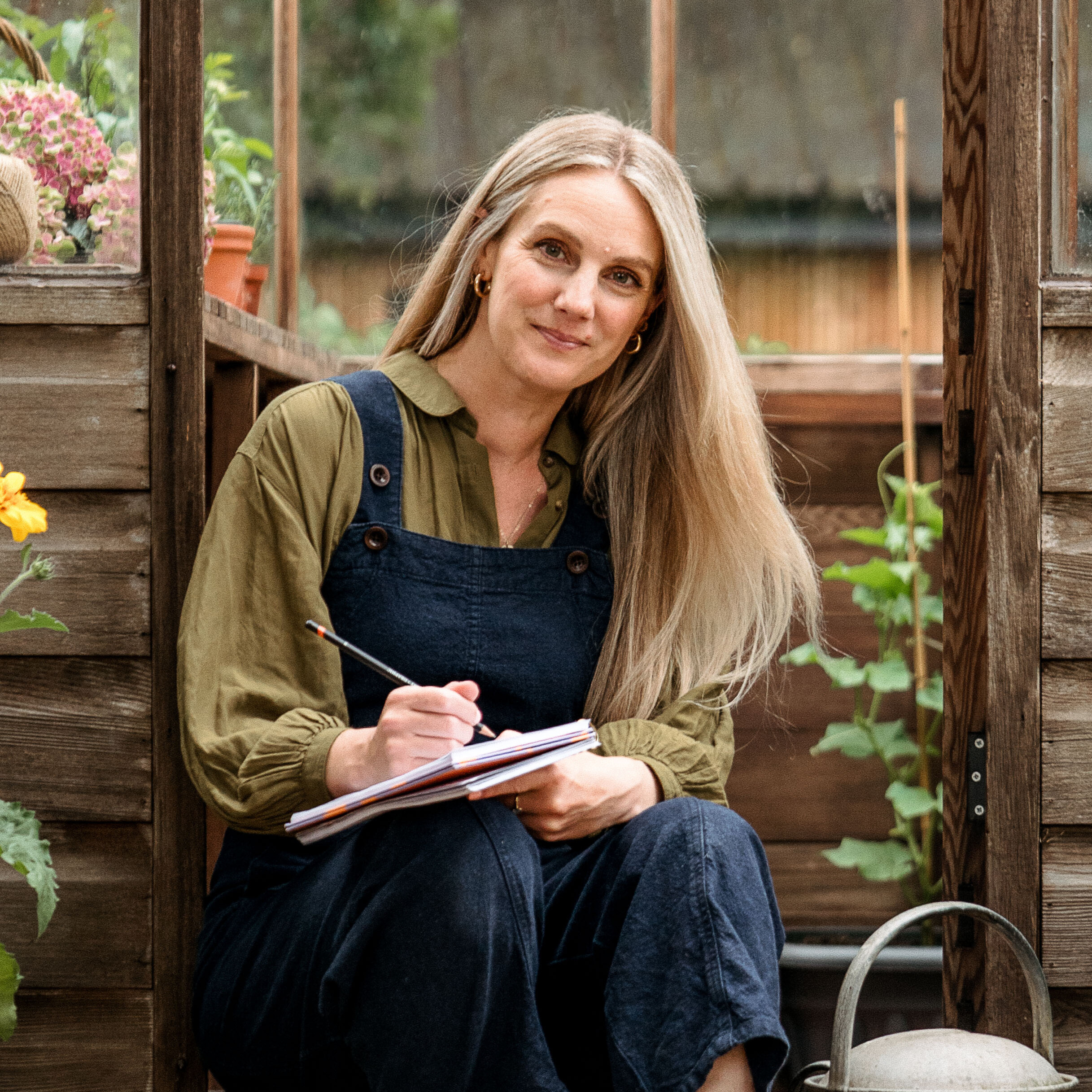
Rachel is a gardening editor, floral designer, flower grower and gardener. Her journalism career began on Country Living magazine, sparking a love of container gardening and wild planting. After several years as editor of floral art magazine The Flower Arranger, Rachel became a floral designer and stylist, before joining Homes & Gardens in 2023. She writes and presents the brand's weekly gardening and floristry social series Petals & Roots. An expert in cut flowers, she is particularly interested in sustainable gardening methods and growing flowers and herbs for wellbeing. Last summer, she was invited to Singapore to learn about the nation state's ambitious plan to create a city in nature, discovering a world of tropical planting and visionary urban horticulture.